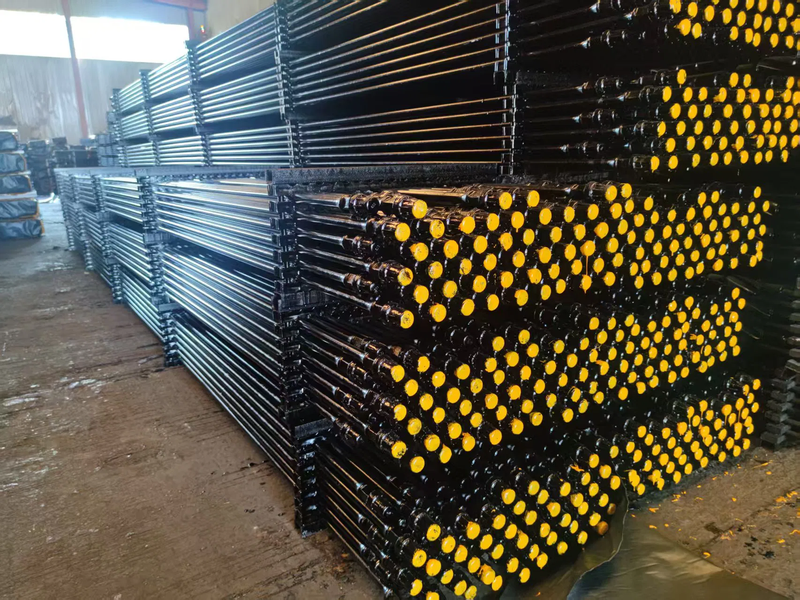Common sucker rod Grade D or K
1. Overview
Sucker rods are critical components in beam pumping systems, transferring surface pumping unit motion to the downhole pump. The two most common API grades are Grade D and Grade K, each optimized for different well conditions.
2. Key Properties Comparison
| Parameter | Grade D | Grade K |
|---|---|---|
| Material | High-carbon steel | Low-carbon steel + continuous fiberglass core |
| Tensile Strength | 115,000 psi (min) | 115,000 psi (composite) |
| Corrosion Resistance | Moderate (requires coatings) | Excellent (fiberglass resists H₂S/CO₂) |
| Weight | ~2.2 lb/ft (7/8" rod) | 30-40% lighter than steel |
| Fatigue Life | Good (but susceptible to corrosion fatigue) | Superior in corrosive environments |
| Max Temperature | 300°F (149°C) | 250°F (121°C) (fiberglass limitation) |
| API Standard | API 11B | API 11C (for fiberglass) |
3. Grade D Sucker Rods
Best For:
Shallow to medium-depth wells (<8,000 ft)
Non-corrosive or mildly corrosive environments
High-load applications (heavy crude)
Limitations:
Prone to sulfide stress cracking (H₂S)
Heavier → higher energy consumption
4. Grade K (Fiberglass) Sucker Rods
Best For:
Corrosive wells (H₂S, CO₂, high chlorides)
Deep/deviated wells (reduced buckling risk)
Energy-efficient systems (lighter weight)
Limitations:
Lower temperature tolerance vs. steel
Requires special handling (no sharp bends)
5. Operational Considerations
| Factor | Grade D | Grade K |
|---|---|---|
| Installation | Standard practices | Avoid kinking fiberglass core |
| Inspection | Check for corrosion pits/cracks | Monitor for core separation |
| Failure Mode | Corrosion fatigue breaks | Delamination or end-fitting failures |
